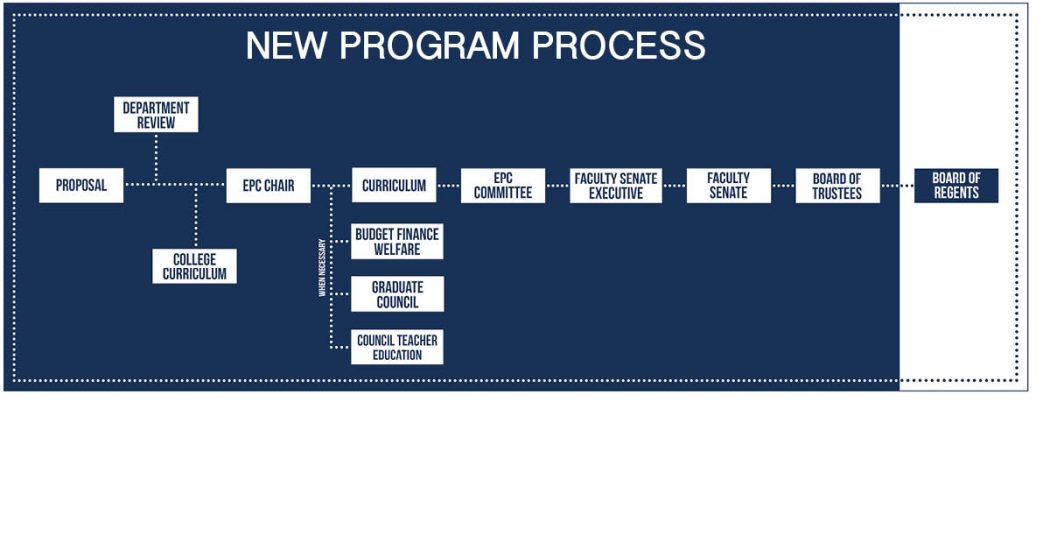Revamped USU nursing program to offer Bachelor’s degree
The Bachelor’s of Science in nursing is under review by the Utah State University curriculum committee.
Currently, Weber State University offers the BSN for Utah State students. This is the last year the degree will be offered from Weber.
The nursing program proposal will go to the Utah State University Board of Trustees. Then, it is expected to be presented to the State of Utah Board of Regents in March.
Carole Grady, director of the nursing program, said, “There are many students ready to enter the program. “We have a comprehensive approach to get ready, such as interviewing faculty.”
Bridgerland Applied Technology College is also an option for students to earn nursing credentials.
”Bridgerland has lower expectations,” said Kylie Hanson, nursing major.
Hanson mentioned that students have to earn a 3.5 GPA in all of their prerequisites to apply for the program.
“The application isn’t bad once you meet all of the requirements,” Hanson said.
New programs such as the B.S. of nursing go through a lengthy process to become a degree for students to earn.
The process starts when professors notice demand for a degree that isn’t available or for updated programs.
”I think Utah State University is very lucky that our faculty want to make sure that they’re covering the field in the most updated possible way and creating programs that benefit students to the best possible degree. That’s become a routine practice here,” said Interim Provost Larry Smith.
Utah State University and other colleges and universities in the state of Utah have to follow policies and procedures of the Utah State Office of Higher Education, which is governed by the Utah State Board of Regents.
The policies and procedures provide guidelines to make sure things are done in an accountable way since public universities are state-funded institutions.
It is looked over by committees outside of USU.
“We are accountable to the taxpayer,” Smith said.
Once professors notice a demand for new programs, faculty in the department make a proposal, which then goes to the College Curriculum Committee to be reviewed.
After that, it goes to the Educational Policies Committee (EPC). The proposal is sent out for additional feedback.
For example, a teacher education program proposal is sent out to the Utah State Council of Teacher Education (CTE). If it is a graduate program it is sent out to the Graduate Council.
The EPC confirms that the proposal gets the greatest amount of review and feedback. That information is sent to the curriculum subcommittee of the EPC.
The curriculum subcommittee of the EPC consists of a lot of faculty, department heads and deans. They discuss the strengths and weaknesses of the proposal, which may then be approved or sent back for revision.
Once it is approved by the curriculum subcommittee, it goes back to the EPC committee. The proposal is looked over again.
Next, the EPC chair is required by policy to make a report to the faculty senate executive committee.
The EPC determines if they want to move the EPC report with the proposal to the full faculty senate. They are in charge of reviewing the proposal as well. Finally, it is reviewed again by the USU Board of Trustees.
All the committees mentioned stay within the faculty of USU. The Board of Regents is the highest committee the proposal can reach.
Next, it is submitted to the Utah State Office of Higher Education (USHE) to be reviewed again by Chief Academic Officers.
Since the government is more involved in this part of the process, they want to make sure that their money is going to be spent on a well-rounded program.
Feedback goes back to the Utah State Office of Higher Education staff. Next, it goes to the Academic and Student Affairs committee of the Utah State Board of Regents.
“Thousands of eyes see these proposals providing feedback,” Smith said.
It takes months to get a proposal to the Board of Regents.
For example, if a proposal is submitted in August, it may get on the agenda by January. There is no guarantee the proposal will be approved.
“We are very careful about not making assumptions of program approval,” Smith said.
@bjr24601
Graphic by Emmalee Olsen

